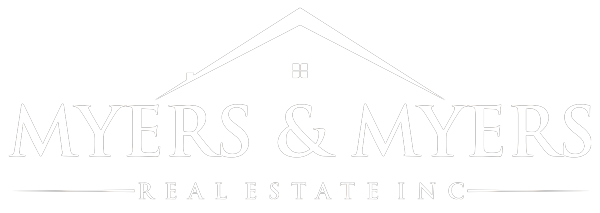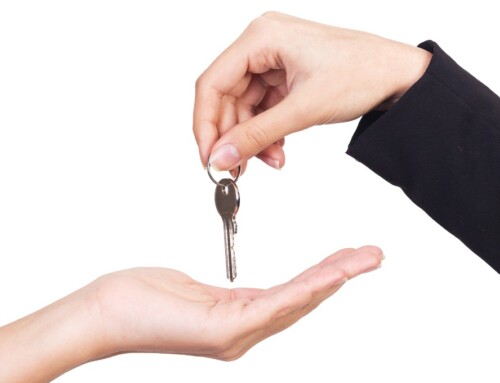Flipping Houses | How To Flip Houses | The Definitive Guide 2025
Flipping Houses

It has been tough flipping houses in recent years, but there are still ways to be successful. First, it can be difficult to find houses to flip. Second, there are often not enough inexpensive houses to purchase. Third, finding homes to flip in the MLS is very difficult. In addition, there are several real estate investors looking for homes to flip.
However, there are still methods to find success in flipping houses. By utilizing methods to find off-market houses, you can be successful in flipping houses.
How Do I Get Started Flipping Houses?
Flipping houses can be a great way to make money. However, it’s important to know what you’re doing before you get started. This article will provide you with a good start to flipping houses and will help you avoid some of the common mistakes that people make when they’re first starting.
Where Do I Get Money To Flip Houses?
There are a lot of ways to obtain the money to purchase a home to flip. Additionally, you can use your savings, take out a loan, or use private investors.
If you are using private investors, make sure you have a good business plan and that you are comfortable with the terms of the loan.
Hard Money for Flipping Houses
Additionally, hard money lenders will lend money to flippers to buy the home and make repairs. You will need some of your own money in most cases. In addition, hard money usually comes with a high origination fee and high interest rates. Finally, hard money loans are usually short-term in nature.
Get a Home Equity Line Of Credit (HELOC) For Flipping Houses
Furthermore, if you have a lot of equity in your home, this may be an option for you. HELOCs are offered by many lenders and are a reasonably inexpensive way to obtain cash for flipping houses or other purposes.
Private Money for Flipping Houses
Moreover, private money is borrowed from family, friends, or other individuals. In addition, talk to family and friends to find out if they are interested in lending you money. Finally, make sure everything is in writing so there are no misunderstandings.
Find Partners To Flip Houses
You can look for other real estate investors to partner with you and work with you to find and flip houses. A partner can be a great way to get started flipping houses until you have the cash to go on your own.
Banks
Most lenders will not lend money to flip houses. However, some of the local banks may be willing to loan you money.
How Do I Find Houses To Flip?
In today’s hot real estate market, finding houses to flip may be the most difficult part of the process. You must find homes that can be purchased well below after-repair value (ARV). I am going to describe a few ways to find homes. There are plenty of ways to find homes, do some research, and be creative.
Multiple Listing System (MLS). There are homes listed in the MLS and a real estate agent can help you. You probably want to find a real estate agent that understands the dynamics of flipping houses. In a seller’s market, it is tough to find houses to flip.
However, there are deals to be found. You will need to move quickly if you find one in the MLS, there is a lot of competition for these homes. Foreclosure homes are a great place to begin your search for homes to flip.
What Are Non-Traditional Methods to Find Houses To Flip?
Targeted Mail Campaign. Do some research and find out if there are parts of town or other demographics that may be ready to sell. Additionally, there is a fair amount of homeowners who do not want to deal with selling their home through a real estate agent. Some homeowners understand their homes need repairs and updates and simply don’t want to deal with all the hassle. The key is trying to find these homeowners.
Bandit Signs. You see these signs placed everywhere and they are all about the same. We buy homes fast for cash or sell your house fast. Additionally, these signs are inexpensive and may help you find houses to flip.
Driving For Dollars. Drive around neighborhoods and look for the ugliest home in the neighborhood. There might be someone ready to sell my house to an investor. Look for big yard sales. Many times, large yard sales are the first step in getting ready to sell their house. Stop in and ask the owners if they are ready to sell their homes.
Door Knocking. Get out and start knocking on doors and ask homeowners if they are ready to sell their homes.
Additionally, there are many other ways to purchase houses to flip. Ask them if they know anybody looking to sell their homes. Use your imagination and do some research to find other options.
So you found a potential home to flip. What are the next steps? Read on to find out.
Flipping Houses – What Is The After-Repair Value?
You found a home to flip and now what do you do? First, determine the After Repair Value (ARV) of the home. In addition to determining the ARV, you need to understand the condition and the final finishes you will need in the home.
Since there is not just one ARV of a home. So then, the ARV is determined by the level of upgrades and finishes. In addition, you are most likely going to need a real estate agent to help you with this step. Thus, this is a critical step in flipping houses. Assuredly, make a mistake here and you won’t be in the house flipping business very long.
How To Flip Houses? – Estimate The Repair Costs?
In addition, this is another critical step in the home flipping process. You can’t make big mistakes here. Once you have flipped enough homes, you will have a good handle on most required repairs and upgrades. There are times when you may need to call contractors, and suppliers, and search online to prepare your cost estimate.
Create a spreadsheet with the most common repairs listed. This will help you from forgetting some repairs. If you don’t have this experience, you will need to get help. You can request estimates from contractors, suppliers, or others who have the skill set to price repairs and upgrades.
Always add a contingency to your estimate. It is recommended you use a contingency between 5% and 20% depending on the age and condition of the home. You will almost always find additional work that you did not identify in this step.
How To Flip Houses? – Carrying Costs
You are going to incur costs while you own the home. Here is a list of costs you may incur: property taxes, insurance, utilities, interest if you borrowed money, and maybe homeowner’s association fees. There may be other costs you will incur. Estimate your carrying costs per month and multiply them by the number of months you expect to own the home.
Flipping Houses – Estimate Profit
Base your expected profit on the amount of risk you are taking. The higher the risk the higher the expected profit margin. Determine the minimum profit you are willing to take when flipping houses. This profit will be different for everyone.
How Much Does It Cost To Sell A Flipped Home?
How much will it cost to sell a house? Here are fees to consider, real estate commission, appraisal, title policy insurance, title commitment, title settlement fee, survey, recording fees, HOA resale fees, and inspections. Customary closing costs vary from state to state. You need to make sure you understand what is customary in your area.
Flipping Houses – Estimate Purchase Price
Here is one approach that you can take to determine the amount to pay for a house to flip. It is simple math and your spreadsheet is set up to assist in determining the purchase price. The calculation is After repair value – repair costs – carrying costs – profit – costs to sell your home. This is the amount you can pay for the house.
What is The 70% Rule?
The 70 percent rule is a common term used among many real estate investors when flipping houses. The rule states that a house flipper should pay 70% of the ARV minus the repair costs when purchasing a house to flip. This is an alternative to the process described above in the section titled How Much Should I Pay For A House To Flip?
Is Flipping Houses Easy?
The answer is no. It is hard to find houses to flip in today’s real estate market. There is a lot of competition in finding houses to flip. It sure looks easy in all the TV shows and it is not. You can make a lot of money flipping homes if you can develop a steady stream of homes and have the money lined up.
Do I Need To Attend A House Flipping Training?
Some companies provide training on how to flip houses. They provide a lot of good information about flipping houses. In many cases, the training will cost between $20,000 and $40,000. You may be able to find all the information you need online or in a few books.
Conclusion
In conclusion, venturing into the world of house flipping can indeed yield substantial profits, but it is far from a walk in the park. The key to a successful house-flipping endeavor lies in thorough research, meticulous planning, and unwavering determination. While the potential rewards are enticing, a single misstep can lead to significant financial losses.
Throughout this article, we have outlined a comprehensive process that has proven effective in our numerous house-flipping projects. By following the steps and strategies detailed herein, you are equipping yourself with valuable knowledge and insights that can guide you toward a successful house-flipping venture.
It is crucial to emphasize the importance of doing your due diligence. Research the local real estate market thoroughly, understand the specific needs and preferences of potential buyers, and keep a keen eye on the latest trends. Additionally, create a detailed budget and timeline for each project, taking into account all possible expenses and contingencies. Having a well-thought-out plan in place significantly reduces the risks associated with house flipping and increases your chances of turning a handsome profit.
Myers & Myers Real Estate are Realtors and members of the National Association of Realtors®.



